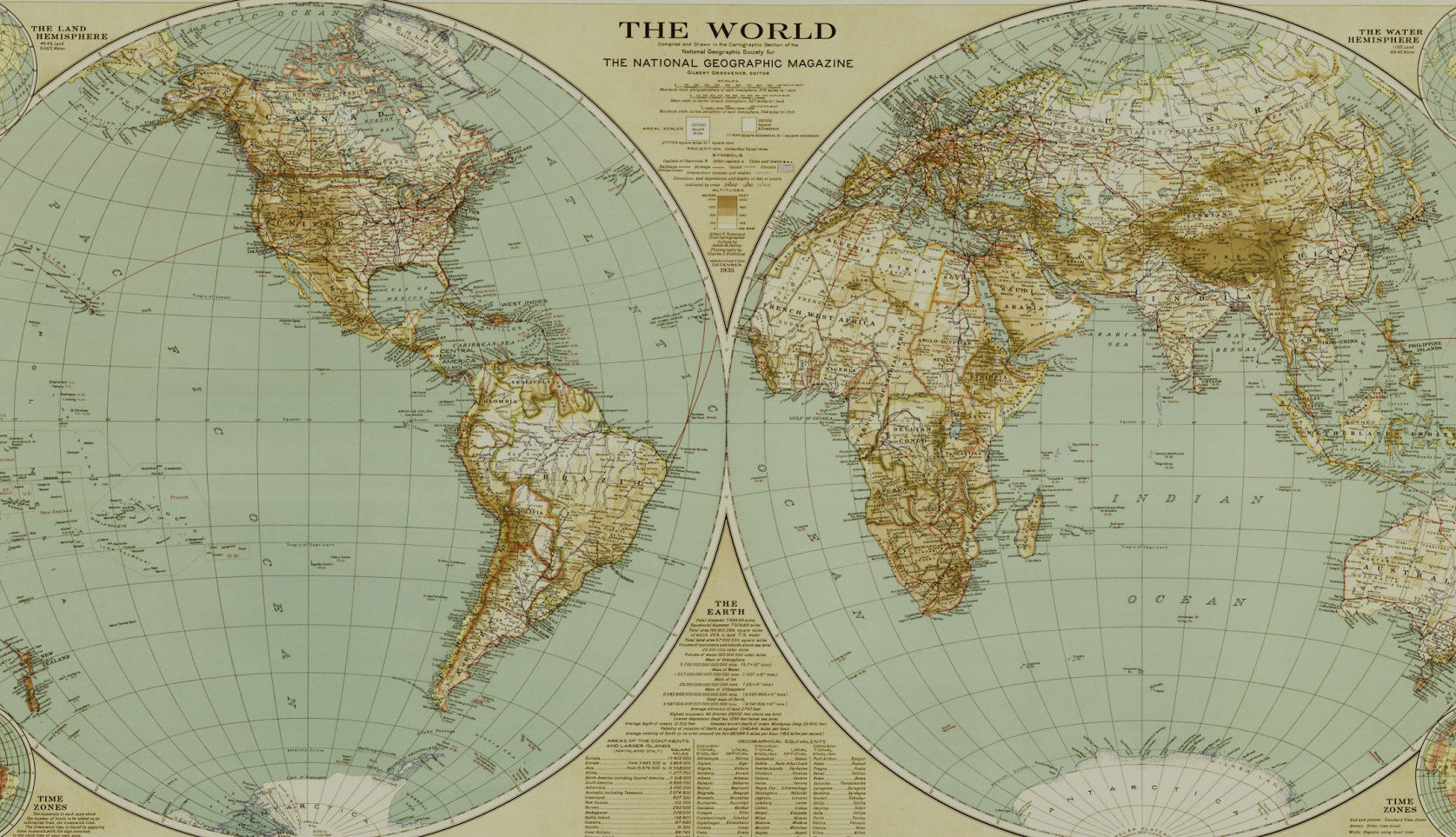
WWII never reached the shores of Fiji but the physical evidence of the nations involvement remains. Initially the major concerns were the German submarines targeting Australia’s and New Zealand’s supply ships on their way to Europe, and the defence of the trans-Pacific submarine cable that ran SW-NE across the Pacific from Norfolk Island, through Fiji’s main island of Viti Levu, to Fanning Island. When Pearl Harbour was bombed in 1941 the perceived threat to Fiji became much more eminent. Its central position in the Pacific made Fiji an ideal location to base Allied troops and this spurred the construction of airstrips, medical facilities, air raid shelters and defensive structures.

Those interested in how this great war played out in the Pacific can today visit for themselves the gun battery sites of Momi, outside of Nadi, and Bilo, outside of Suva. Battery’s are permanent fortifications equipped with artillery for the purpose of defending strategic locations in a landscape: for Fiji these were vulnerable points along the coast. There are many more WWII sites on Viti Levu that have not been developed for the public and I got to go behind the scenes with the Archaeology Department of the Fiji Museum to have a look at a few.

Construction of the Flagstaff complex in Suva was commenced during WWII but not completed before the front receded away from Fiji. It was therefore only fully operational from 1942 to 1944. Today the remains consist of the Nasosonini Battery (and associated tunnels) located on the grounds of the Secretariat for the Pacific Island Forum and a radar station on a hill in Flagstaff. Because of its location on a government compound it’s not a place most tourists can access. Luckily for me I was able to visit with the Archaeology Department team when they went to assess possible damage from Cyclone Winston.

The Nasosonini Battery has officially been declared a historic site which protects it from development and allows the Fiji Museum to inspect if necessary. The three 6” naval guns placed here for defence and counter bombardment were removed long ago, but some of the tunnels that housed the ammunition and the two remaining gun emplacements are in wonderful condition. Since the site has not been developed for the public it eerily felt like I was stepping into the past when I walked through the dark tunnels and examined the original battery operational instructions painted on the walls surrounding one of the gun emplacements.

On a hill adjacent to the Forum Secretariat is the Flagstaff radar complex. The two buildings that remain on the site likely functioned as the radar station and a searchlight station. This site has also not been developed for the public and to reach it we walked through a squatter’s settlement and up a steep overgrown path. Accessing the site through this settlement reminded me that archaeological remains can never be segregated from the harsh realities of modern life.

In contrast to Nasosonini/Flagstaff, the Momi Battery site outside of Nadi is maintained by the National Trust as a tourist site where you can walk through the bunkers, command post, and the two 6” naval gun emplacements. The guns that can be seen at Momi were originally British naval guns that had been installed at the Bilo Battery located closer to Suva. When WWII broke out in the Pacific in 1941 the Momi Battery was constructed and the Bilo guns were updated. The guns from Bilo were moved to Momi in order to protect the strategic Navula Passage from invading ships. During WWII the Momi Battery was manned by the 1st Heavy Regiment Fiji Artillery of the Fiji Military Forces, the New Zealand Expeditionary Forces’ 30th Battalion (who were responsible for its construction), the 14th Battalion of the New Zealand Army, and then in 1942 the United States 283 Coastal Artillery Battalion until the site ceased being operational in 1944.

Walking around the site you can see why it was such an important defensive position. From the gun emplacements the Navula Passage, where ships could enter through the otherwise dangerous reef, can clearly be seen. Equally, the Battery’s location in the hilly landscape is well hidden if viewed from the coast, with the structures built right into the hill side and repainted with the original camouflage.

Before WWII there was not much need for a military in Fiji, but the process of militarisation left a mark on the society that can still be seen today in its politics. In the years that Fiji was a forward base of the advancing Allied forces the nation experienced many infrastructural developments like roads, airports, hospitals, etc., that propelled the island of Viti Levu into modernity and initiated Fiji’s tourism industry. Today, this process has come full circle with WWII sites like the Momi and Bilo Battery’s integrated into this important industry.
More information about WWII in the Pacific and Fiji’s role can be found by following these links:
University of Nebraska research project by Allison Young (2012)
‘Fortress Fiji’ by Robert Lowry (2006): Google Books
